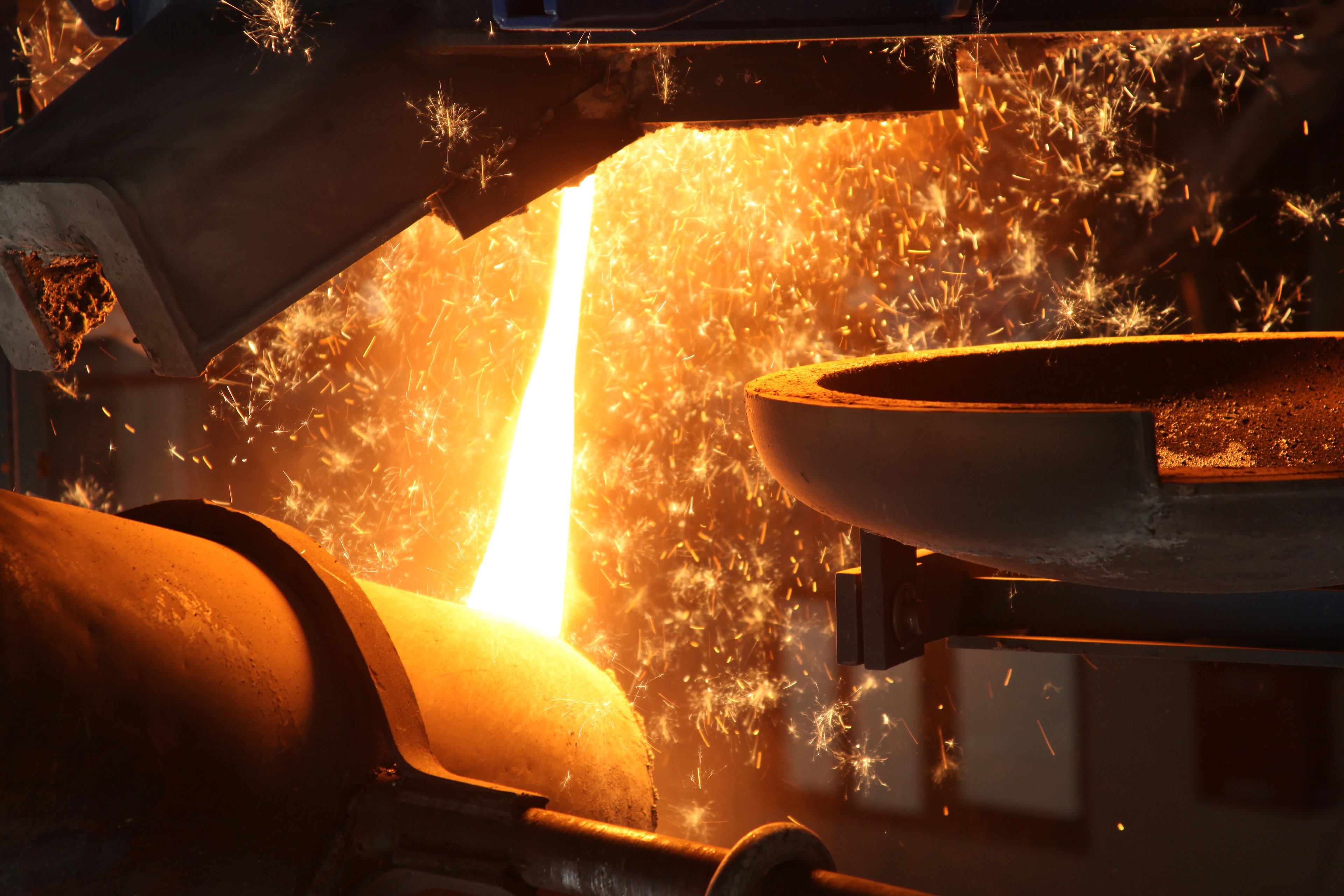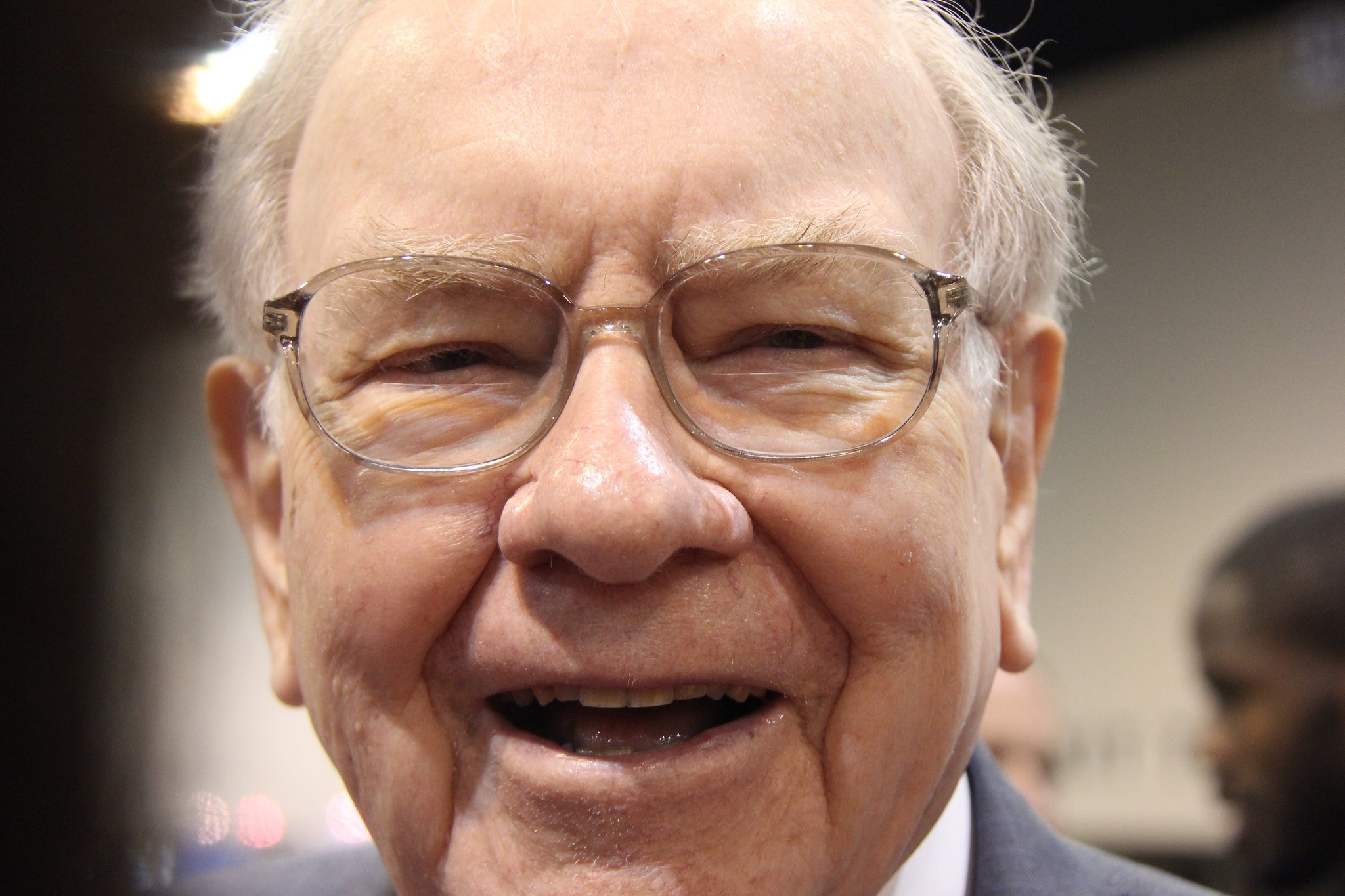One of the biggest trends in Washington in recent years has been the use of tariffs. The current administration has been quick to impose stiff import taxes on various industries to strengthen its negotiating position for trade deals and, in turn, prop up domestic industries. U.S. steel makers have been a huge beneficiary of this. However, that's just one piece of a much more complex picture. Here's a deeper look at how U.S. steel has gone from losing to winning today.
Taking it on the chin
Between 2007 and 2009 the United States fell into a crushing recession. It was the worst since the Great Depression, garnering the nickname the Great Recession. The steel industry is cyclical, so, as you might expect, demand for steel declined along with the economy. As the U.S. picked itself up and started growing again, however, steel prices continued to languish. It was so bad that United States Steel (X +0.00%), which uses relatively high-cost blast furnaces, lost money in all but one year between 2010 and 2016.

Image source: Getty Images
The historically slow recovery from the impact of the recession, however, wasn't the big problem. Demand in the U.S. was actually pretty strong relative to the rest of the world. What was keeping steel prices low was a flood of foreign imports. The domestic steel industry complained, rather loudly at times, that foreign companies were selling their steel in the U.S. at prices that were below the price of production. This is called dumping. Helping that along, the U.S. companies claimed, were foreign governments providing financial assistance to their local steel makers.
As a new president entered the White House in 2017, he made it very clear that he was going to take a harder stance on trade than the previous administration. In the steel market, that meant imposing tariffs on imports. At first that led to increasing steel prices, but, as John Ferriola, Nucor's (NUE +1.10%) CEO at the time, explained in an interview on CNBC in early 2019, that price boost quickly died away.
There are more complicated dynamics at play here.
What's really going on?
During Nucor's fourth-quarter 2019 earnings conference call, management noted that 2019 saw the lowest level of imports in key steel products in five years. The president's tariffs were a factor, and definitely helped the domestic industry out. However, this is a fight that has been going on for a very long time -- steel imports are not a new phenomenon. The typical way the industry deals with imports that it believes are being dumped in the U.S. is through trade cases.
Bringing a trade case is a long and slow process that can take many years to complete. Worse, they usually involve just one product at a time. Although progress on such cases is something that steel makers follow closely, the snail's pace would quickly bore most others. However, they are pretty effective. Nucor's current CEO Leon Topalian highlighted the bigger picture during the fourth-quarter call when he noted that although tariffs have helped his company, winning more than 160 trade cases dating all the way back to 1999 has had a much more important long-term impact.
Looking more closely at the recent import drop, meanwhile, Topalian highlighted that the U.S. steel industry has won 12 trade cases since 2016. So, in the end, it was really a mix of tariffs and trade case wins that helped to dampen the flood of imports. And on that score, there are still 17 active trade cases working through the system. So Nucor and the rest of the domestic steel makers aren't done fighting what they believe are unfair imports. And, frankly, this is an ongoing battle that will likely never end.
For example, U.S. Steel noted in its fourth-quarter 2019 conference call that imports were hampering its tubular steel business. That's a separate trade case. Steel Dynamics (STLD 1.03%), meanwhile, noted during its fourth-quarter 2019 conference call that it is building a new mill in Texas specifically so it can gain a logistics advantage over imported steel. Which shows that there are other ways to fight the good fight here.
When you step back and look at the big picture, the White House's steel tariffs simply brought the import issue into the headlines temporarily. Eventually the issue will fade, or a new administration will reverse course on the tariffs. And then the domestic steel industry will be back to fighting for itself, one trade case battle at a time.
The real issue to monitor
The tariffs currently in place for imported steel are worth paying attention to, but are not the most important factor in the import battle that has long raged in the U.S. steel sector. Far more important over the long term have been trade cases, fought on a one-by-one basis, that have helped to stop unfairly priced imports from being sold in the United States. The domestic steel makers have been winning these fights for years. If you are a long-term investor in the domestic steel space, it is probably more important to monitor this win streak (which steel companies usually discuss on conference calls) to see that it keeps going than to get overly concerned about what is going on with the current administration's tariffs.







